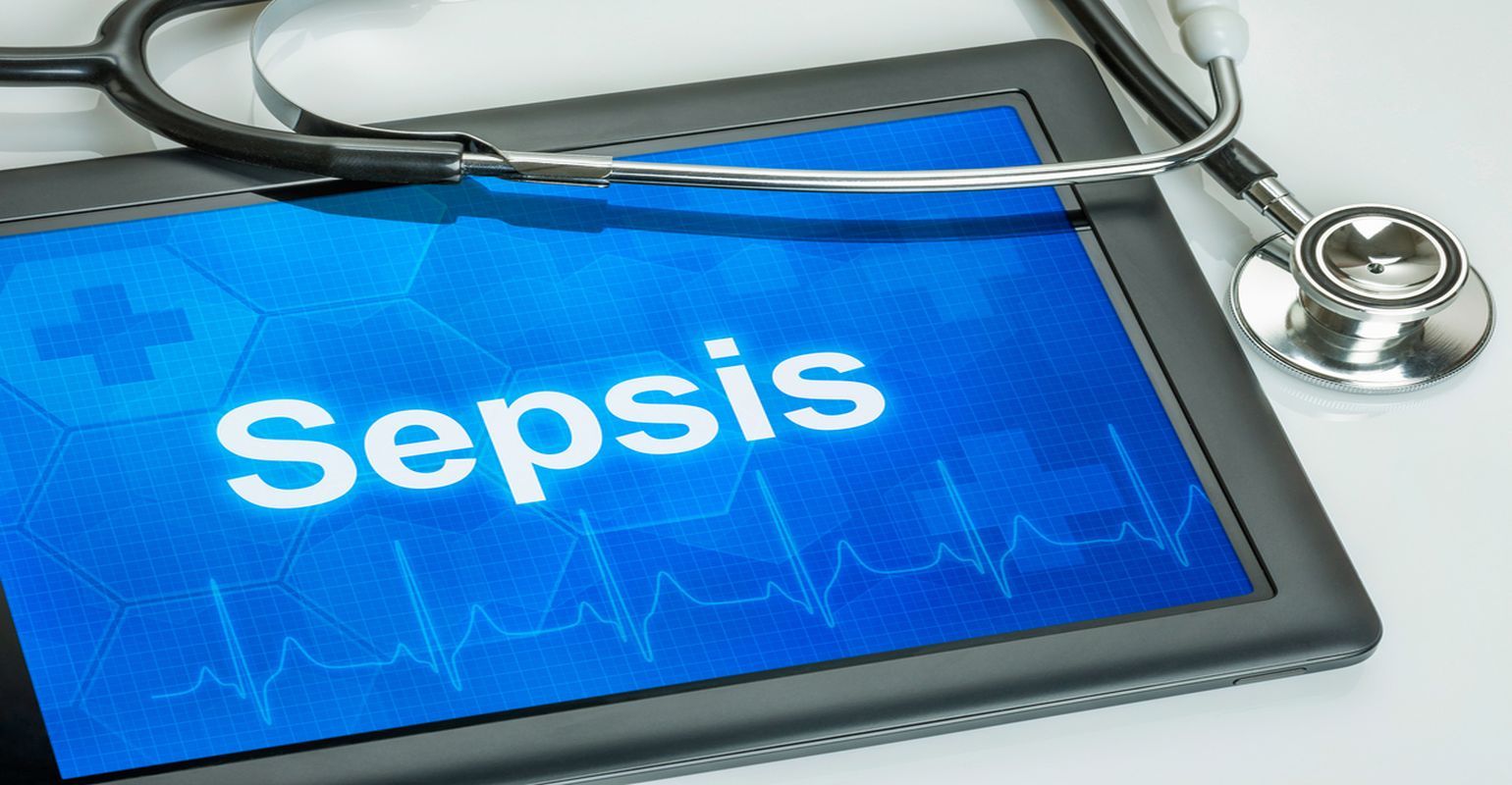Developing Vaccines to Fight Sepsis Caused by ExPEC and S. aureus
Extra-intestinal pathogenic Escherichia coli (ExPEC) and Staphylococcus aureus (S. aureus) are 2 of the leading causes of severe sepsis, and Janssen Pharmaceutical Companies of Johnson & Johnson is developing vaccines to fight those diseases.
Sepsis is all-too-often deadly. (Adobe Stock)

Sepsis is a constant danger to patients’ lives. Sepsis occurs when an infection a patient already has generates an overactive chain reaction throughout the patient’s body, leading up to tissue damage, organ failure, and all-too-often, death. Both bacteria and viruses can lead to sepsis; although, bacteria are the most common. Investigators don’t understand why the body’s immune system turns from fighting the pathogens to fighting itself, which is the beginning of sepsis.
Medical professionals should look out for T.I.M.E, the 4 warning signs: Temperature, Infection, Mental decline, and Extremely ill. Sepsis is a medical emergency the same as a heart attack or stroke and must be addressed as soon as possible to have a chance at survival.
Severe sepsis has the regular signs of sepsis, but also difficulty breathing, low or no urine output, abnormal liver tests, and changes in mental status. Because of the severity of the symptoms, nearly all patients who reach this stage need treatment in the intensive care unit.
Extra-intestinal pathogenic Escherichia coli (ExPEC) and Staphylococcus aureus (S. aureus) are 2 of the leading causes of sepsis, and investigators are searching urgently for vaccines for these diseases. Jan Poolman, PhD, senior vice president, head of Bacterial Vaccines Discovery and Early Development at Janssen Pharmaceutical Companies of Johnson & Johnson, Netherlands, answered questions from Infection Control Today® (ICT®) about the ongoing research he leads through the bacterial vaccines team, which focuses on developing vaccines against the most prevalent antibiotics resistant bacteria.
ICT®: Medical professionals are constantly on alert for signs and symptoms of sepsis. What are the risks and burdens associated with sepsis?
Jan Poolman, PhD: Sepsis is a life-threatening reaction to an infection that can lead to tissue damage, organ failure and even death. It is becoming increasingly more difficult to treat, particularly in light of antimicrobial resistant (AMR) pathogens, and sepsis-related infections cause more than 11 million deaths worldwide each year.
ICT®: ExPEC and S. aureus are two of the leading causes of sepsis. Would you mind expanding on why innovative solutions is urgent for them?
JP: Infections caused by ExPEC or S aureus have become resistant to antimicrobial treatment, making those pathogens even more difficult to treat and manage. In fact, invasive ExPEC disease (IED) is one of the most common causes of death due to AMR infection. We must explore and develop more effective ways of dealing with AMR infections, including through innovative vaccines and therapeutics, as well as antibiotic stewardship efforts to limit the development of more AMR pathogens.
Janssen is one of the few companies prioritizing the development of vaccines to protect people from ExPEC and S. aureus, the two leading causes of sepsis.
ICT®: What should infection preventionists, in particular, be mindful of to prevent these infections from occurring?
JP: The only way to prevent sepsis is by preventing infection. This can be done by:
- Getting vaccinated against COVID-19, influenza, and other preventable infections,
- Using clean water,
- Practicing good hand hygiene.
ICT®: What is the Janssen Pharmaceutical Companies of Johnson & Johnson specifically doing to combat these infections?
JP: Vaccines have a strategic role to play in the fight against AMR, and Janssen continues to prioritize the development of new vaccines to protect people from invasive ExPEC disease (IED) and S aureus infection. Through new scientific approaches, we aim to reduce the potentially devastating consequences of bacterial infections, dependency on antibiotics and, ultimately, the risk of AMR.
Our ExPEC vaccine candidate ExPEC9V, currently in Phase 3 development, is an investigational vaccine for the prevention of invasive ExPEC disease (IED), including sepsis and bacteremia, caused by some of the most prevalent serotypes of E. coli.
We have also initiated the development of a S aureus vaccine.
ICT®: Do you have anything else you would like to add for ICT®s readers?
JP: The growing prevalence of AMR and the increase in elderly individuals worldwide are critical factors that increase the burden of sepsis, one of the leading causes of death globally in adults and children alike. The World Health Organization asks for better data, more awareness and quality care, along with medicines and vaccines.
Newsletter
Stay prepared and protected with Infection Control Today's newsletter, delivering essential updates, best practices, and expert insights for infection preventionists.